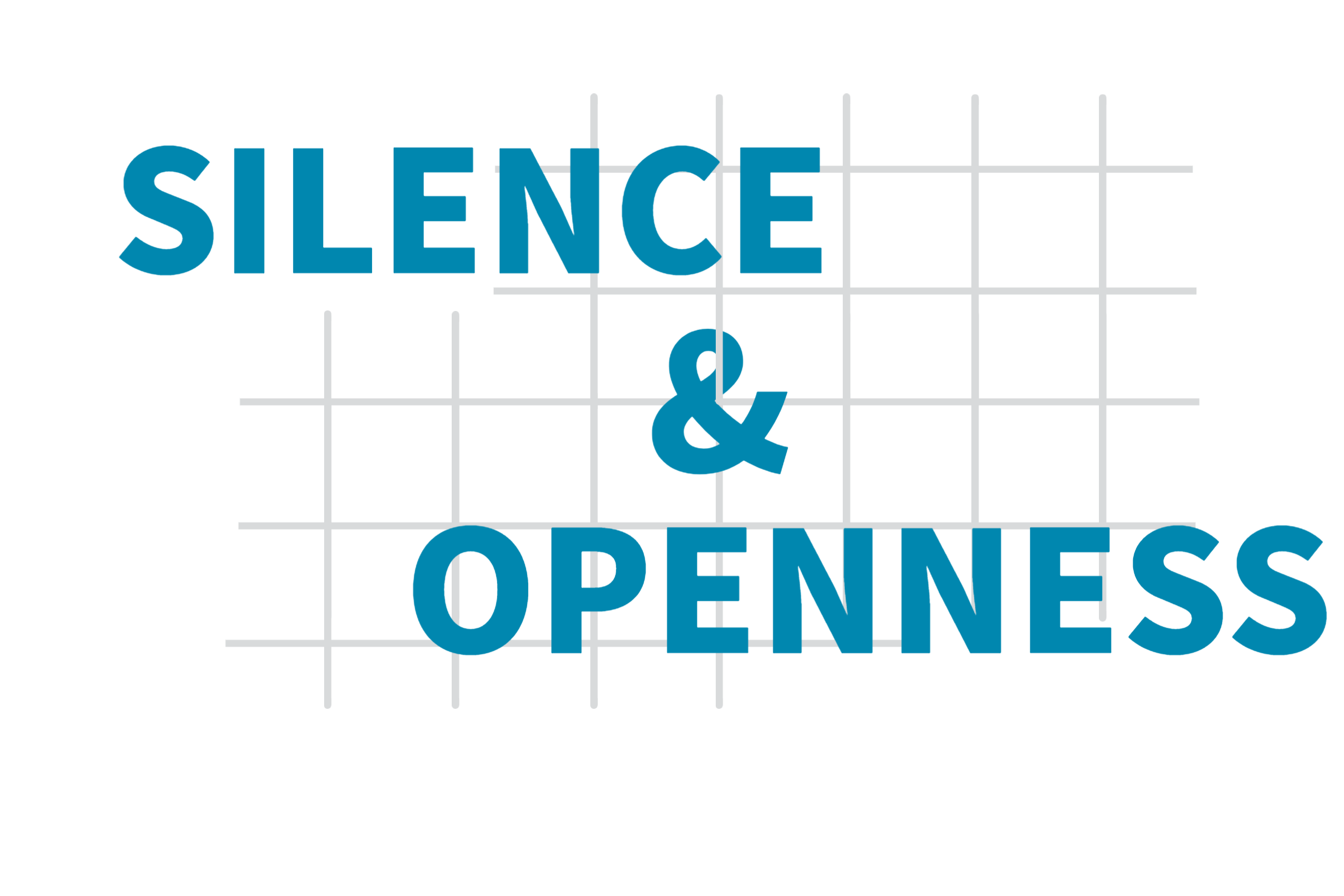Lesson plan – 3 parts
Based on the exhibition material, prepare a PPT presentation with an intro on the subject, including context (migration and identity) and related feelings people might experience when forced to leave or voluntarily leaving their homeland. You are invited to work with the concepts developed within the project (home & away, silence & openness, nation-based experience, ex. Istrian Italians leaving Istria after WWII or Greenlanders in Denmark, etc.). To make the presentation more appealing, we invite you to include some quotes and screenshots/ photos of the informants to be found within the exhibition material or on the online version of the exhibition.
You can use our suggested Power Point presentation as a starting point. Download the document here.
After the presentation and depending on the topic you chose, you are invited to
The teacher asks one of the proposed open-ended questions and students think quietly about it for a minute or two. Then every student pairs up with a partner, and they discuss the question for two to five minutes. Finally, the whole class engages in a discussion where students raise their hands and share all the thoughts and ideas they’ve gathered.
Questions:
Can secrets and silence be good or bad?
Is openness evidence of safety and freedom?
Are there stories that should not be told?
You can also use worksheets so students can write down the questions and their thoughts.
After the discussion and opinion sharing you are invited to evaluate this learning experience. You might consider using the evaluation strategy 3-2-1. You ask your students to write 3 things they learned, 2 things they found interesting, and 1 thing they do not understand, have questions about, or would like to know more about. You can download the 3-2-1 evaluation format here.
Share your experience
We would be delighted to receive information from you. If you wish to share what has been done in your class, we would be happy to receive a short presentation accompanied by photos or works from your students. These can be presented on our social media or our webpage if you wish. In this way, you can inspire and connect with other teachers with the same teaching passion.
Social media:
Send mail to info@i-on.museum
Lesson plan – 6 parts
Based on the exhibition material, prepare a short PPT presentation with an introduction on the subject (migration and identity) and related feelings people might experience when forced to leave or voluntarily leaving their homeland.
You can use our suggested PowerPoint presentation as a starting point. Download the document here.
After the introduction, you are invited to present the long movie to the student, which will be a valuable framework for your future activities.
The teacher asks one of the proposed open-ended questions, and students think quietly about it for a minute or two. Then every student pairs up with a partner and discusses the question for two to five minutes. Finally, the whole class engages in a discussion where students raise their hands and share all the thoughts and ideas they have gathered.
You can also use worksheets so students can write down the questions and their thoughts.
Questions:
Can secrets and silence be good or bad?
Is openness evidence of safety and freedom?
Are there stories that should not be told?
After the discussion and opinion sharing you are invited to evaluate this learning experience. You might consider using the evaluation strategy 3-2-1. You ask your students to write 3 things they learned, 2 things they found interesting, and 1 thing they do not understand, have questions about, or would like to know more. You can download 3-2-1 evaluation template here.
The home assignment is aiming to introduce students not only to topics on identity and migration but also to research methods and curatorial practices in view of their future professional development. This is why it is suggested to work on a small school exhibition.
To build your school exhibition the work starts at home. Learners are invited to research the topic which can be approached in two ways
Invite the learners to place their works on a panel. Once placed, they can present their findings to their schoolmates.
To evaluate the long course:
You can be creative and cut out of paper three types of forms for each student (find in other resources); ![]() a heart,
a heart, ![]() a sun, and
a sun, and ![]() a drop.
a drop.
Invite your student to place the form next to the exhibition work that makes them happy (sun), sad (drop) or they sympathize with or feel close to (heart).
Download the Icons template here.
Another evaluation option you might consider is to offer an evaluation template using the following questions/ ready for you in the resources:
| Film watching | NA | 1 | 2 | 2 | 2 | 2 |
| Presentation | NA | 1 | 2 | 2 | 2 | 2 |
| Exhibition making | NA | 1 | 2 | 2 | 2 | 2 |
| Interviewing | NA | 1 | 2 | 2 | 2 | 2 |
| Class discussion | NA | 1 | 2 | 2 | 2 | 2 |
I used to think:
Now I think:
Download the Evaluation template here.
We would be delighted to receive information from you. If you wish to share what has been done in your class, we would be happy to receive a short presentation accompanied by photos or works from your students. These can be presented on our social media or our webpage if you wish. This way, you can inspire and connect with other teachers with the same passion for teaching.
Social media:
Mail to send to info@i-on.museum
The school kit is based on the joint exhibition material. Visit: www.identityontheline.eu



